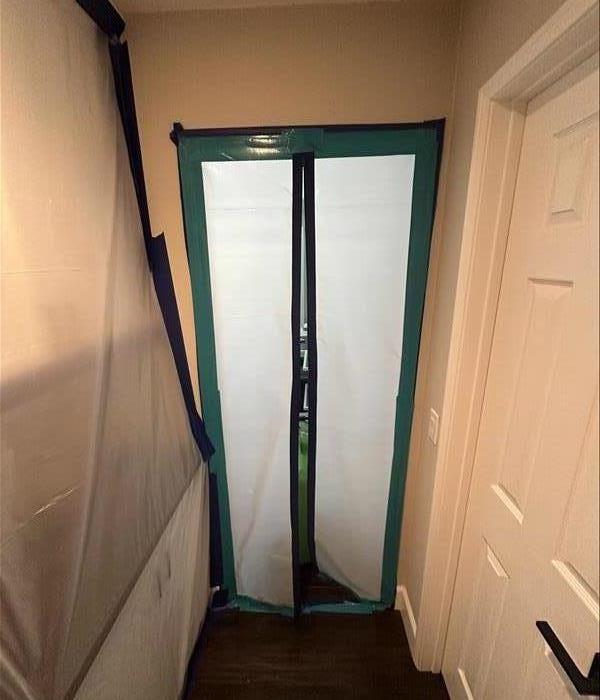3 Places Mold Can Hide in Your Facility
8/23/2022 (Permalink)
 Regular inspections along with prompt attention to excess moisture can help your mold prevention plan and keep your facility in good condition.
Regular inspections along with prompt attention to excess moisture can help your mold prevention plan and keep your facility in good condition.
Here Are Three Places To Look For Mold
Mold can appear in your facility in Three Arch Bay, CA, when and where you least expect it. Mold requires four conditions for growth: darkness, moisture, organic material, and a surface to grow on. Unfortunately, most facilities have spaces that meet all of these requirements. Therefore, it's not unusual for facility managers to need a plan for remediation and mold prevention. Here are three places to look for mold.
1. Carpet
Carpet catches organic materials and hangs onto them. It can also capture moisture through:
- Leaks
- Spills
- Floods
- Moist room air
To minimize mold growth in the carpet, check room humidity levels, and adjust accordingly. If a flood has introduced moisture, use fans, dehumidifiers, and wet/dry vacuums to dry the carpet as quickly as possible. You can call a mold remediation specialist to help with the cleanup.
2. Ductwork
During the cooling season, the air supplied to the facility has a high moisture level, causing water to condense and accumulate inside duct linings. Damaged insulation can also cause moisture accumulation on duct exteriors, and leaky ductwork can allow moisture to escape into spaces with unconditioned air.
Consider having ductwork inspected regularly as part of a mold prevention plan. Also, ensure that air-flow rates are within the design range of your system. Rates that are too high can draw moisture from the face of the cooling coil and into the ductwork system.
3. Ceiling Tiles
Many ceiling tiles are made from porous materials that readily absorb dirt and moisture. Tiles near the HVAC system vents are particularly susceptible to mold growth as these areas are high in humidity and dirt.
Mechanical piping is often located above suspended ceilings, and leaks can cause moisture to accumulate inside the ceiling. Roof leaks can also lead to water damage and wet tiles. To prevent moisture from accumulating in ceilings, inspect plumbing systems regularly and repair roof leaks promptly.
Regular inspections along with prompt attention to excess moisture can help your mold prevention plan and keep your facility in good working condition.





 24/7 Emergency Service
24/7 Emergency Service